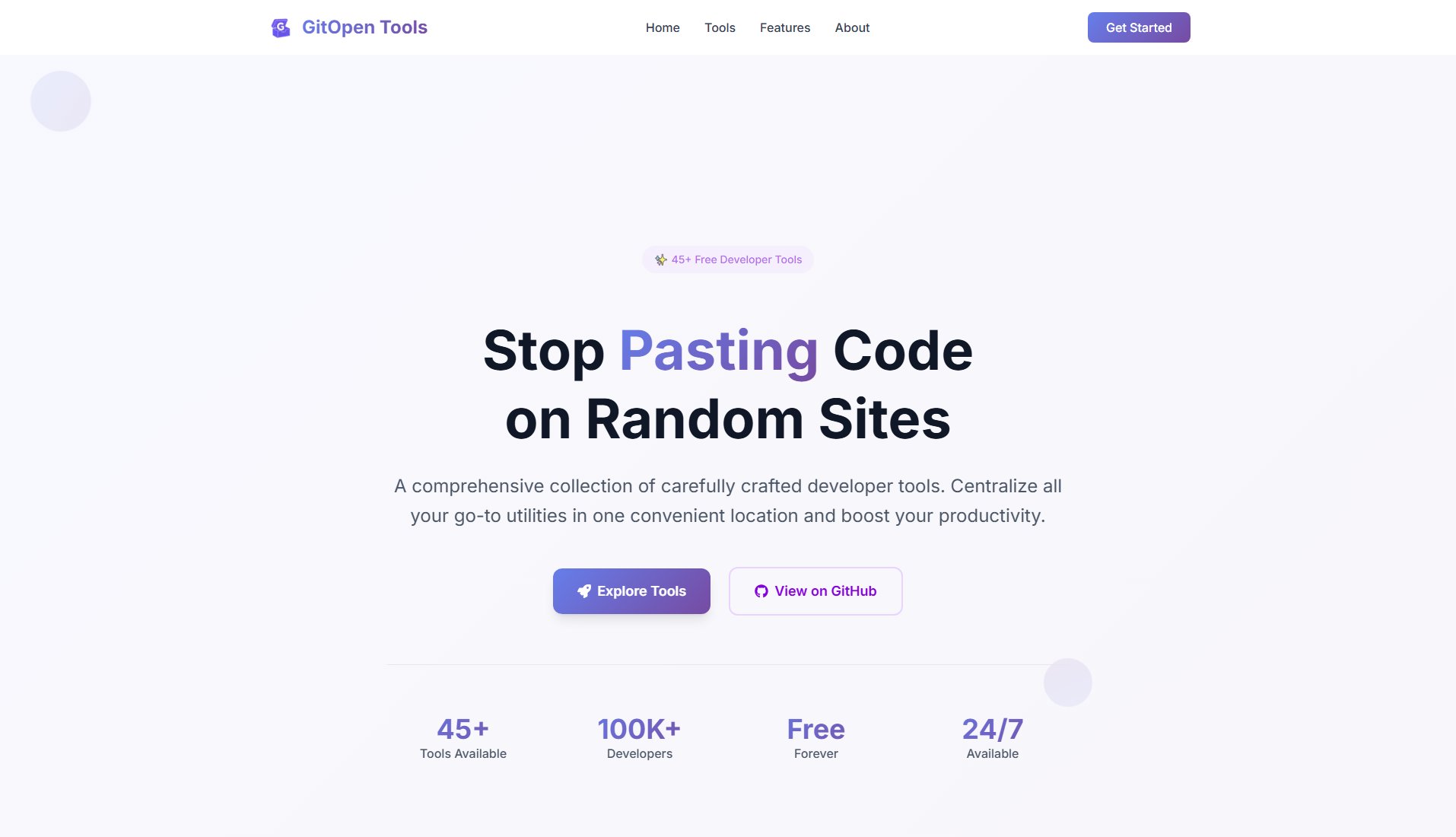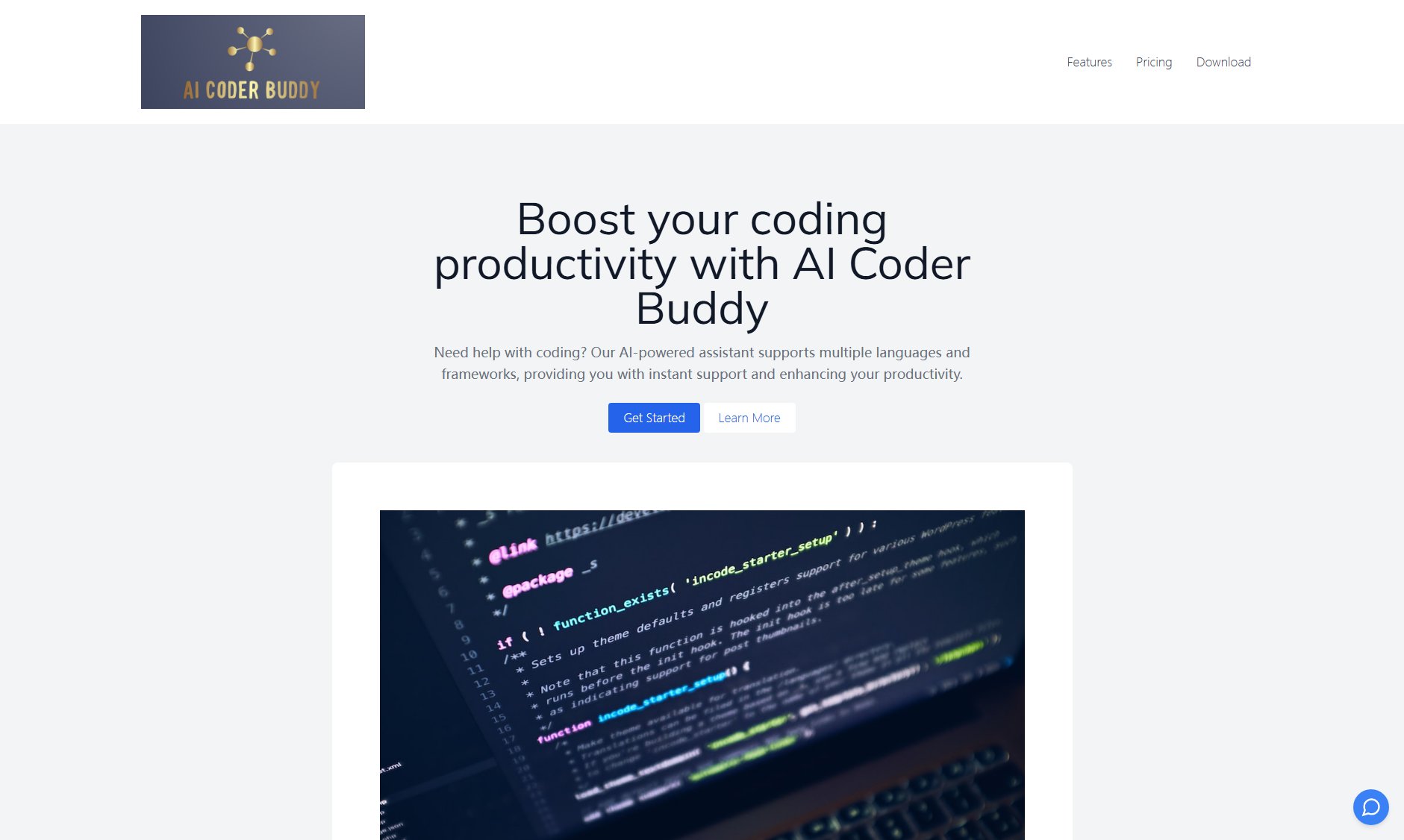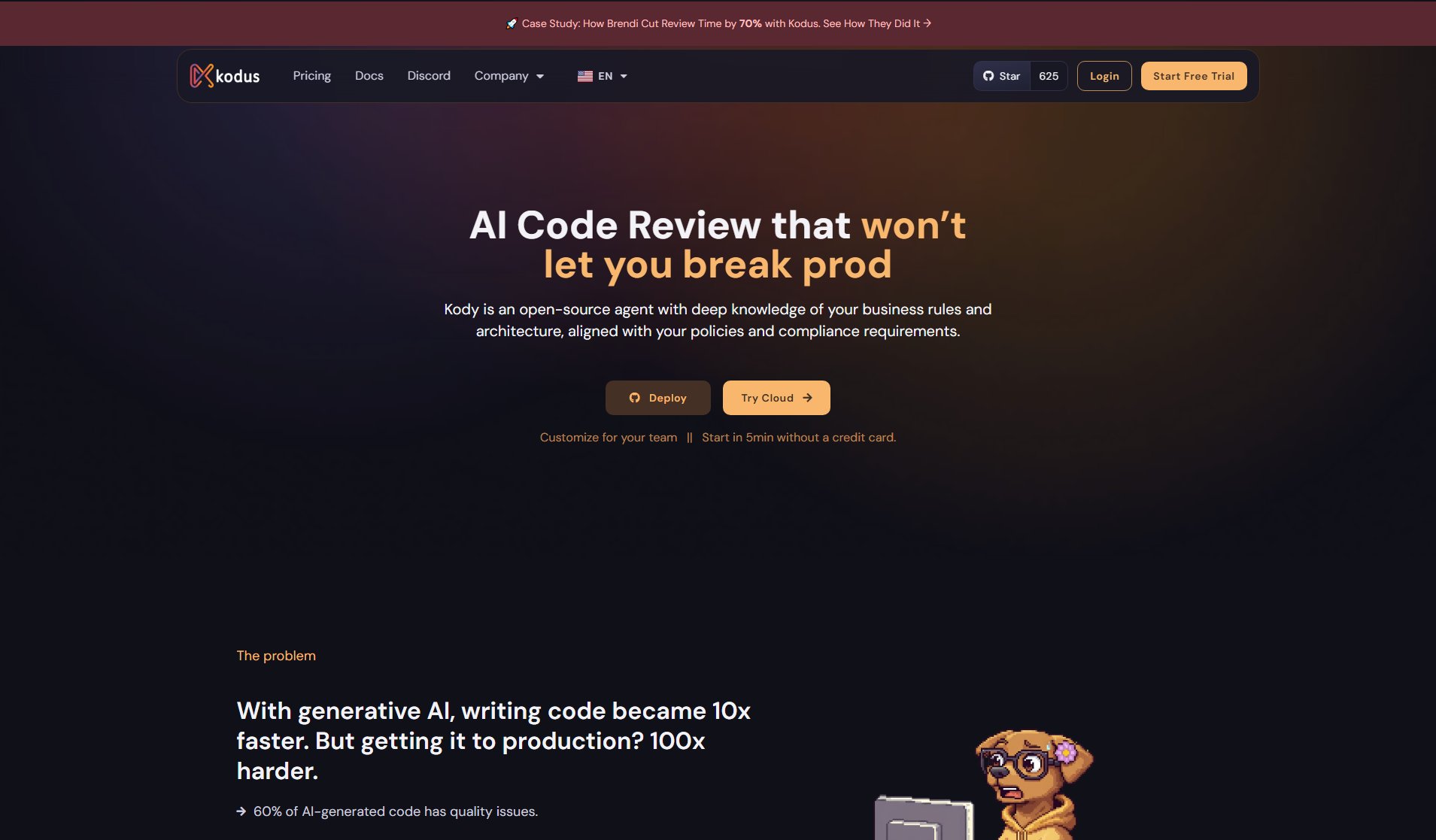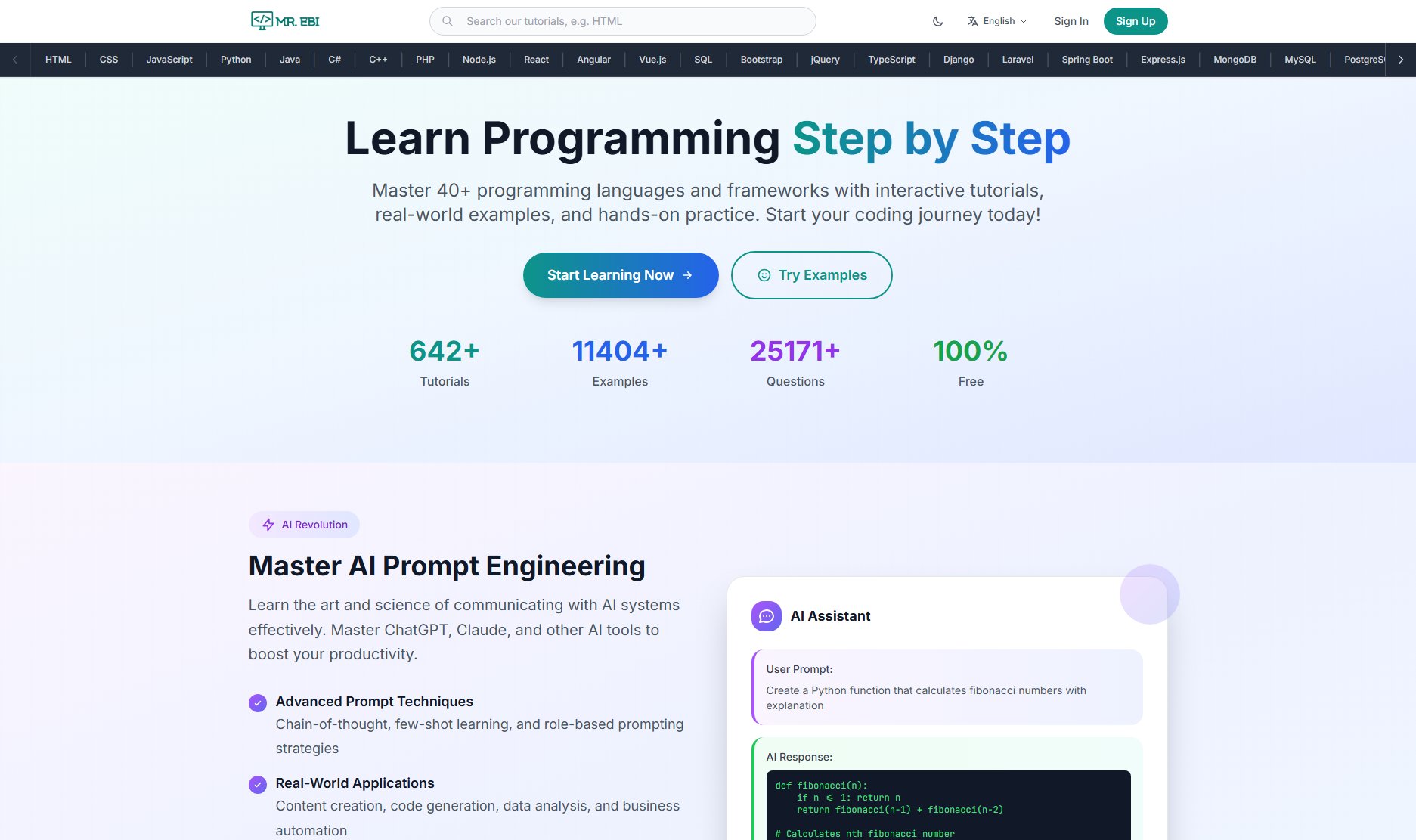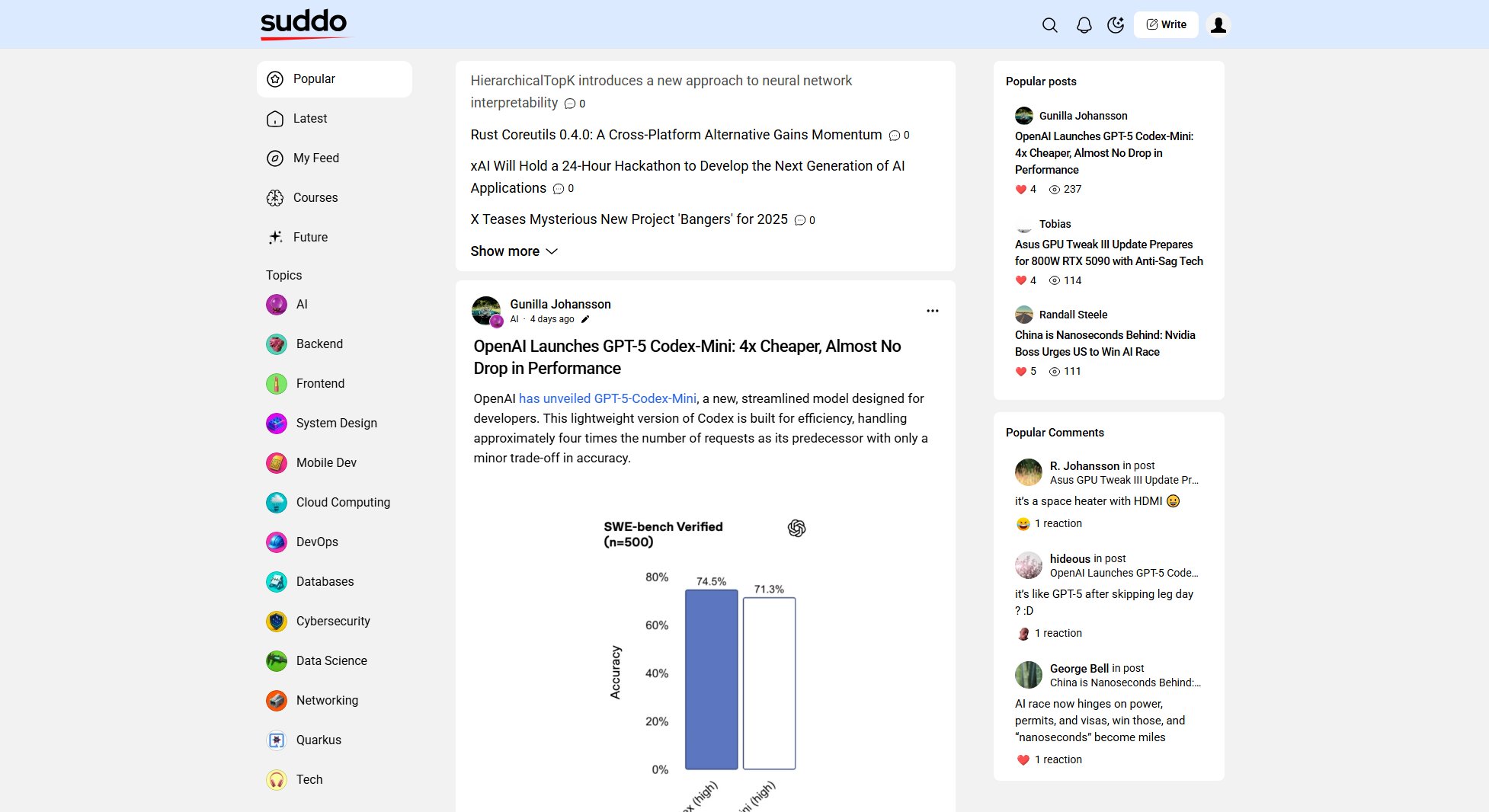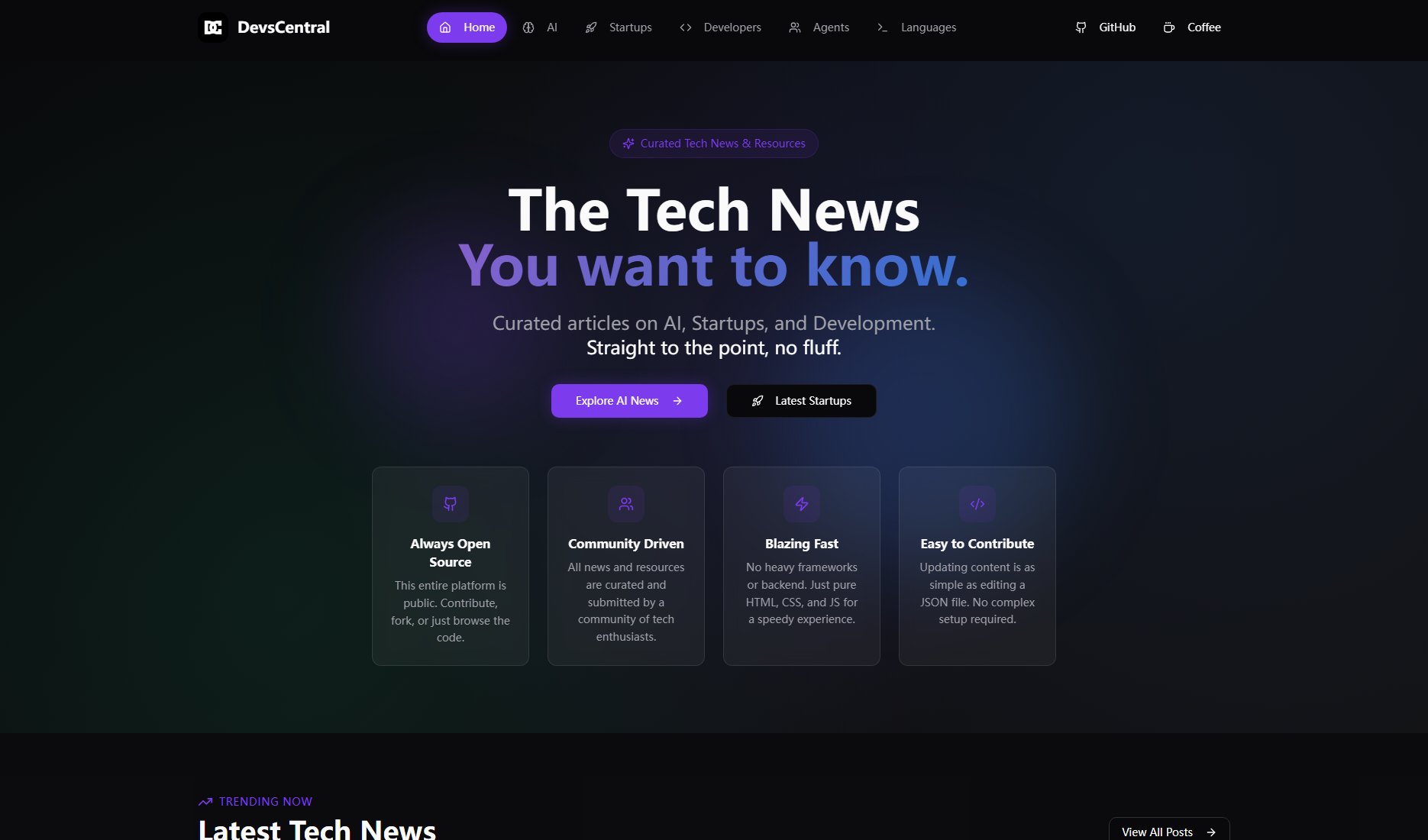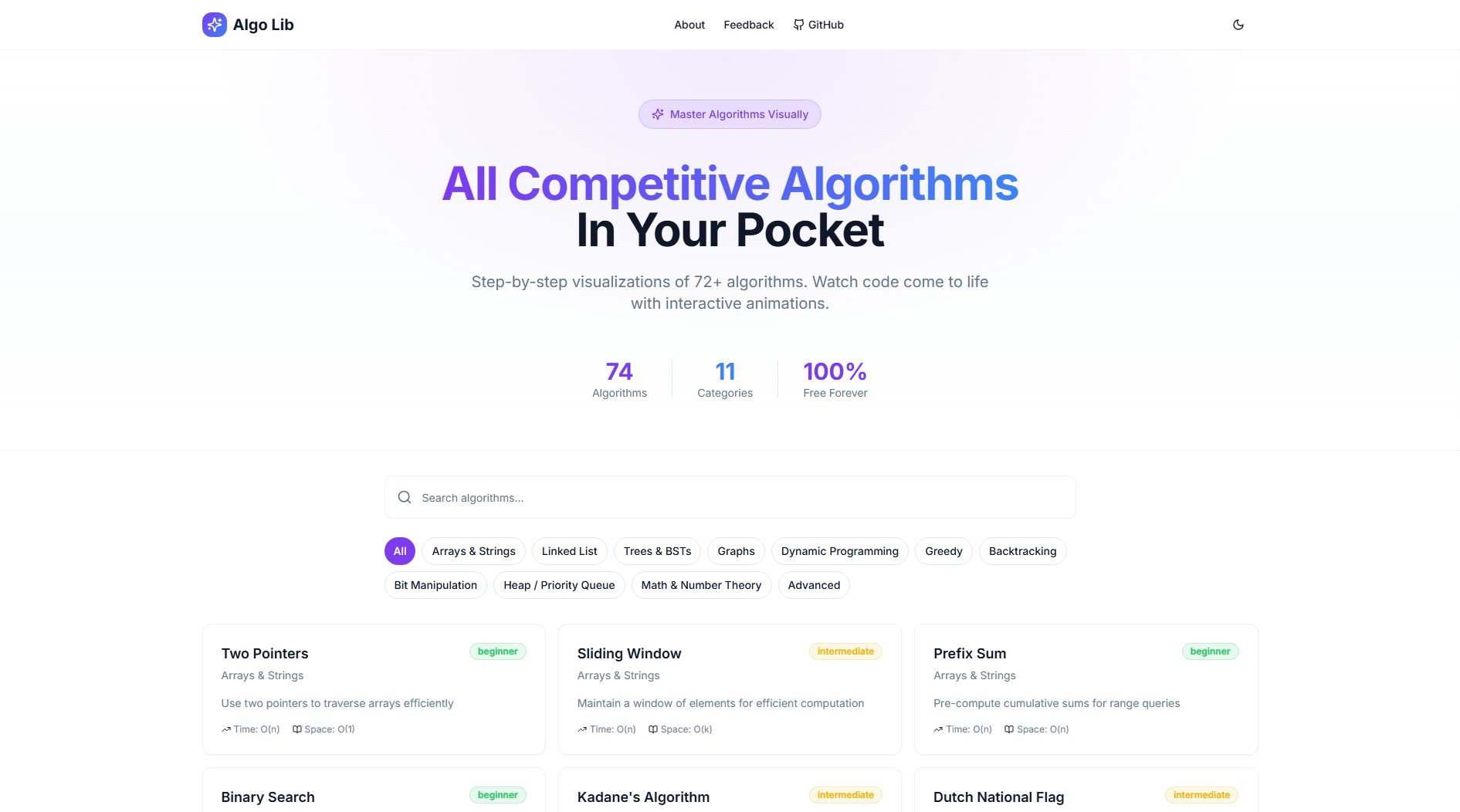Learn DSA
Master 95+ algorithms across 19+ categories with production-ready code
What is Learn DSA? Complete Overview
Learn DSA is a comprehensive platform designed to help programmers master data structures and algorithms through detailed explanations, practical implementations, and real-world applications. The platform covers 95+ algorithms across 19+ categories, providing clear descriptions, time/space complexity analysis, and production-ready code examples. Whether you're preparing for technical interviews or looking to strengthen your problem-solving skills, Learn DSA offers structured learning paths and hands-on practice with algorithms ranging from core array operations to advanced graph traversals and dynamic programming techniques. The target audience includes computer science students, coding bootcamp participants, and professional developers seeking to improve their algorithmic thinking.
Learn DSA Interface & Screenshots
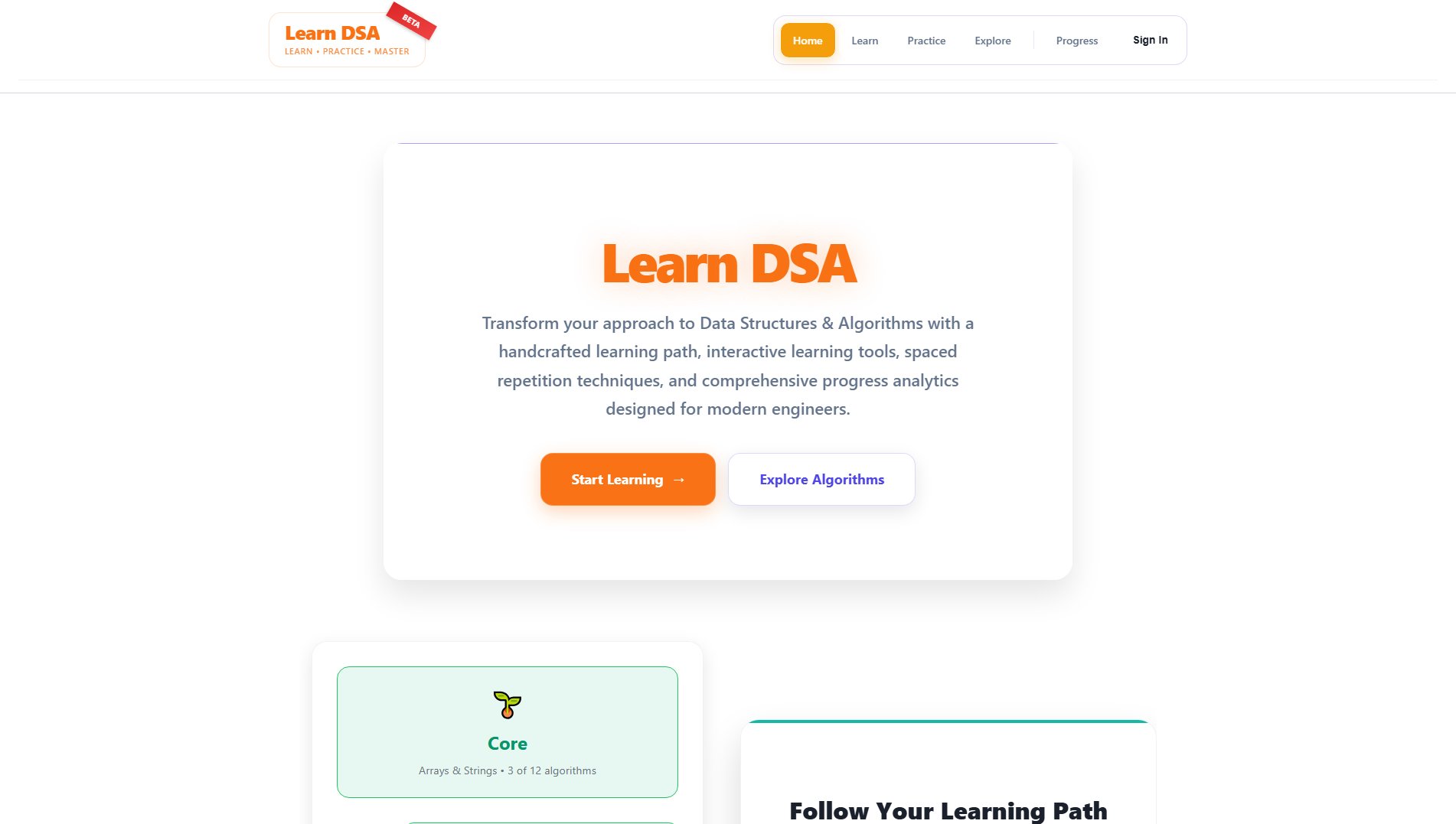
Learn DSA Official screenshot of the tool interface
What Can Learn DSA Do? Key Features
Algorithm Library
Access 95+ algorithms across 19 categories including arrays, graphs, dynamic programming, and more. Each algorithm comes with detailed explanations, time/space complexity analysis, and implementation considerations. The library covers everything from fundamental operations to advanced techniques like KMP string matching and Manacher's algorithm.
Production-Ready Code
All algorithms are presented with clean, efficient implementations in popular programming languages. Code examples include edge case handling, optimization tips, and real-world considerations. The implementations follow best practices and are designed to be directly usable in professional settings.
Detailed Explanations
Every algorithm is accompanied by comprehensive explanations of how it works, why it's useful, and when to apply it. The platform breaks down complex concepts into understandable components, highlighting key patterns and problem-solving approaches.
Performance Analysis
Clear time and space complexity notations (O(n), O(1) etc.) help users understand algorithm efficiency. The platform explains performance characteristics and tradeoffs, enabling informed decisions about which algorithm to use for specific scenarios.
Pattern Recognition
Algorithms are tagged with pattern keywords that help identify when to apply specific techniques. This builds intuition for recognizing problem types and selecting appropriate solutions during interviews or real-world development.
Best Learn DSA Use Cases & Applications
Technical Interview Preparation
Use Learn DSA to systematically prepare for coding interviews at top tech companies. The platform covers all common interview patterns including array manipulations, tree traversals, graph algorithms, and dynamic programming problems with clear explanations that help build strong problem-solving intuition.
Competitive Programming
Competitive programmers can quickly reference optimized implementations of advanced algorithms like segment trees, suffix arrays, and fast exponentiation. The performance characteristics and edge case handling are clearly documented for competition scenarios.
Real-world System Design
Apply algorithms like LRU cache, union-find, and topological sorting to actual system design challenges. The production-focused implementations and explanations help bridge the gap between academic algorithms and practical engineering applications.
Computer Science Education
Educators and students can use the platform as a supplemental learning resource. The clear explanations and visualizations help reinforce classroom instruction, while the code examples provide concrete implementations of theoretical concepts.
How to Use Learn DSA: Step-by-Step Guide
Browse the algorithm categories or use the search functionality to find relevant algorithms for your needs. The platform organizes content by data structure type (arrays, trees, graphs) and problem-solving techniques (two pointers, sliding window, dynamic programming).
Select an algorithm to view its detailed page. Each page includes the algorithm's description, time/space complexity, step-by-step explanation of how it works, and practical use cases with pattern keywords.
Study the code implementation and runtime analysis. The implementations are production-ready and include comments explaining key steps. You can copy the code directly or use it as a reference for your own implementations.
Apply the learned algorithms to practice problems. The platform provides context about when each algorithm is most applicable, helping you develop intuition for selecting the right approach in different scenarios.
Follow the suggested learning paths to systematically build your DSA knowledge. The paths guide you through related algorithms and progressively more challenging concepts.
Learn DSA Pros and Cons: Honest Review
Pros
Considerations
Is Learn DSA Worth It? FAQ & Reviews
The platform primarily provides algorithm explanations and pseudocode that can be adapted to any language, with some implementations available in Python. The concepts are language-agnostic and focus on core algorithmic principles.
Currently Learn DSA is only available as a web application, but the responsive design works well on mobile browsers for studying algorithms on the go.
The platform is regularly updated with new algorithms and improved explanations. The maintainer welcomes community contributions through the GitHub repository.
While primarily focused on data structures and algorithms, the platform includes some system design patterns like LRU cache implementation that are relevant for interviews.
The platform focuses on algorithm explanations rather than hosting a problem bank, but it provides guidance on where each algorithm is applicable and recommends practicing with standard coding platforms.
